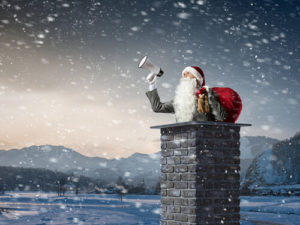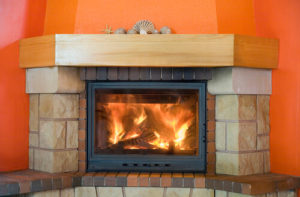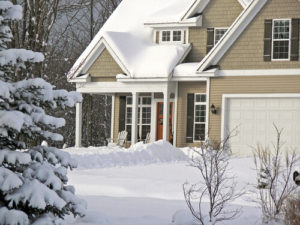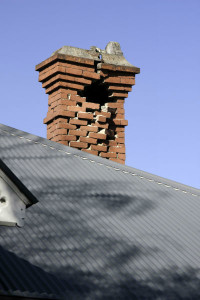Have Your Chimney Swept Before Lighting Your First Fire
Spring Cleaning is for the house and chimney cleaning is for the fall. There are many reasons to clean the chimney and many homeowners understand why it’s important. However, this isn’t just any job. It must be done by a professional. Having the work done before fall is done means your system will be ready for winter, but having a professional do the work means it will be safe, up-to-code, and efficient. You should never light a fire in a fireplace that hasn’t been swept and inspected since last season.
Dangers of a Dirty Chimney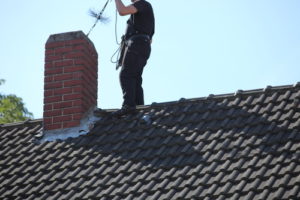
A dirty chimney is dangerous because it may be filled with soot and creosote from regular use last season. When this isn’t cleaned away regularly, it can become a fire hazard. Not only does a buildup in the system slow airflow and drop the efficiency, but the materials themselves are flammable. Materials left behind by animals, debris from outdoors, and byproducts of the fire can ignite at any time, putting your family at risk of fire. A chimney fire is devastating, can result in an insurance claim, loss of property, expensive repairs, and even injury or loss of life.
Other Dirty Chimney Problems
You might have noticed during the summer months, but dirty chimneys stink. When summer humidity mingles with soot and creosote in the system, it can begin to emit a powerful smell of a dirty barbecue grill. These types of odors in the chimney system are a clear indicator of a dirty chimney. The soot and creosote in the system may be deteriorating the lining (especially if mixed with moisture from the humidity of a chimney leak). Dirty chimneys also work less efficiently than clean chimneys. As the lining of the system becomes coated with soot and creosote, the airflow is slowed, and the chimney system depends on this airflow to work properly. A drop in efficiency means a rise in fire risk.
Why Schedule Now
Chimney sweep companies are busy during this period of time between October and January, called the fall rush. If you schedule now, you can get on the books and will be able to have your services completed before you need your fireplace. You must call as soon as possible, however, so a professional can get a look at your chimney system right away. When you schedule a Chief Chimney Services chimney sweep, you will not only get your chimney system cleaned of soot, creosote, ashes, and other debris, but you’ll get a standard level one inspection as well. Schedule soon, and you’ll have time to make necessary repairs before your first fire. If no repairs are needed, you can rest assured that your system is ready to work for you all winter long, and is safe and protected from winter and water damage.
What to Expect
Schedule today and a certified chimney sweep will come out at the assigned time with brushes and a vacuuming system to clean your system from top to bottom. Using drop cloths and a powerful vacuum, we keep the mess contained so that you don’t have to clean up after us! You’ll get a full report of our findings and the peace of mind that you’ll be safe for another season.
Call Chief Chimney today at 631-863-2460.


